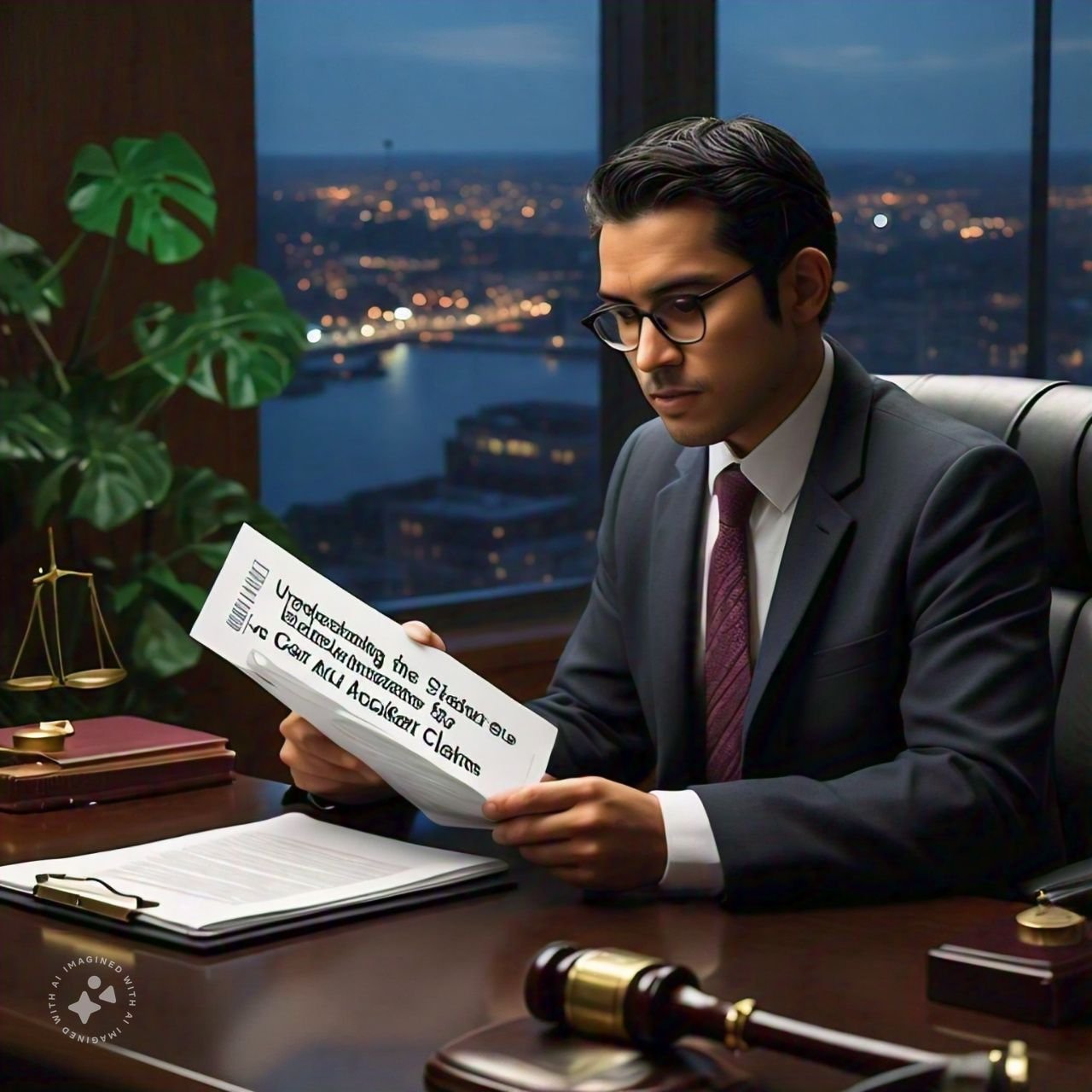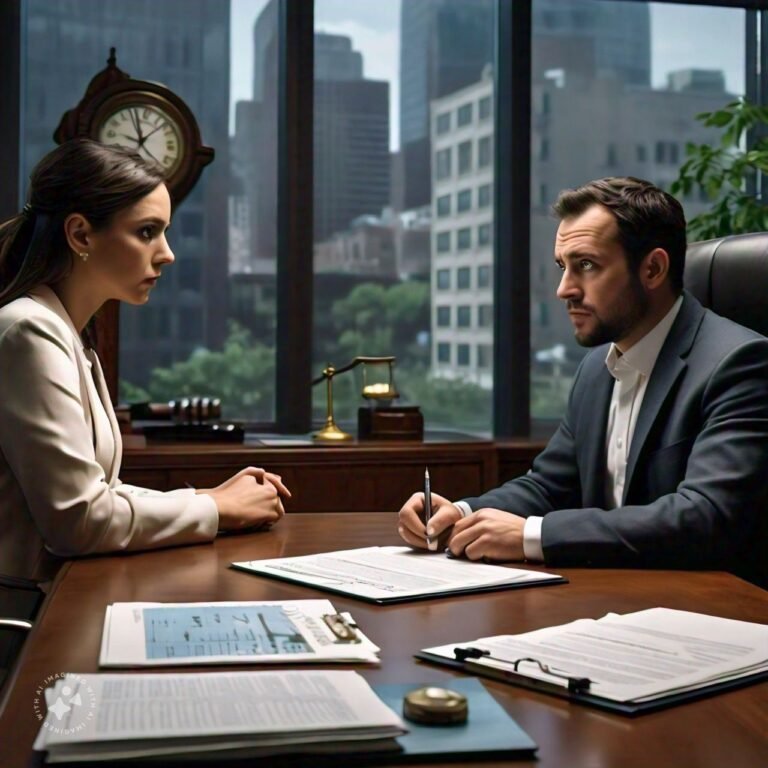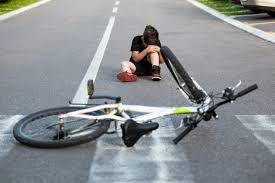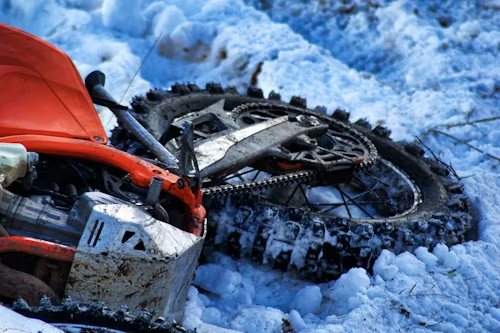Proving liability in slip and fall accidents can be tricky, especially when multiple parties are involved. Experienced legal experts, including Minnesota fall lawyers, can help victims navigate the complexities of negligence and secure the compensation they deserve. This article delves into the challenges of establishing fault in fall-related injury claims and how to overcome them.
Understanding Slip and Fall Liability in Minnesota
Defining Premises Liability
In Minnesota, slip and fall cases fall under the legal concept of premises liability. This area of law holds property owners responsible for maintaining safe conditions on their premises. As a visitor or customer, you can expect reasonably safe conditions when entering a property. However, it’s important to understand that not all accidents automatically result in liability for the property owner.
Key Factors in Establishing Liability
To successfully pursue a slip-and-fall claim in Minnesota, you must prove several key elements:
- The property owner owed you a duty of care
- They breached that duty through negligence
- Their negligence directly caused your injury
- You suffered measurable damages as a result
Demonstrating these factors can be challenging, as property owners may argue that you were partially at fault or that the hazard was open and obvious. Understanding these nuances is crucial in building a strong case.
Time Limitations and Reporting
Minnesota has a statute of limitations for personal injury claims, including slip and fall cases. You generally have six years from the date of the incident to file a lawsuit. However, reporting the accident and seeking medical attention immediately is advisable. Prompt action preserves evidence and strengthens your claim by demonstrating the direct link between the hazardous condition and your injuries.
Overcoming Common Legal Obstacles in Slip and Fall Cases
Proving Negligence
When pursuing a slip-and-fall liability case, establishing negligence is one of the primary challenges. You must demonstrate that the property owner knew or should have reasonably known about the hazardous condition and failed to address it. Surveillance footage, witness statements, and maintenance records can build a strong case.
Comparative Negligence
Another hurdle you may face is the defense of comparative negligence. Property owners often argue that the injured party was partially responsible for their accident. To counter this, you must show that you exercised reasonable care and that the hazard wasn’t easily avoidable. Documenting the scene immediately after the incident and preserving your clothing and footwear as evidence can help support your claim.
Statute of Limitations
Time is of the essence in slip-and-fall cases. Each state has a specific statute of limitations, which is the deadline for filing a lawsuit. Missing this deadline can result in your case being dismissed. It’s crucial to consult with an attorney promptly after your accident to ensure all necessary steps are taken within the required timeframe. Gathering evidence and building a strong case takes time, so acting quickly is in your best interest.
Proving Negligence in Minnesota Slip and Fall Lawsuits
In Minnesota, proving negligence in slip and fall cases requires a thorough understanding of the state’s legal framework. To successfully navigate these complex lawsuits, you must establish four key elements: duty, breach, causation, and damages.
Establishing Duty of Care
Property owners in Minnesota are legally obligated to maintain safe premises for visitors. This duty of care varies depending on the visitor’s status—invitee, licensee, or trespasser. You’ll need to demonstrate that the property owner owed you a duty based on your relationship to the property.
Demonstrating Breach of Duty
Once duty is established, you must prove that the property owner breached it. This often involves showing that the owner knew or should have known about the hazardous condition and failed to address it within a reasonable timeframe. Evidence such as maintenance records, surveillance footage, or witness testimonies can be crucial in this step.
Proving Causation and Damages
The final hurdles involve linking the breach directly to your injuries (causation) and quantifying the resulting harm (damages). You’ll need to show that your injuries directly resulted from the property owner’s negligence, not pre-existing conditions or your carelessness. Medical records, expert testimony, and documentation of lost wages or other expenses will be essential in proving the extent of your damages.
Conclusion
In navigating the complex terrain of slip-and-fall liability cases, you must remain vigilant and well-informed. By understanding the legal obstacles that often arise, you can better prepare your case and improve your chances of a favorable outcome. Document evidence thoroughly, adhere to filing deadlines, and anticipate defense strategies. Seeking the guidance of an experienced personal injury attorney, such as Minnesota fall lawyers, can prove invaluable in overcoming these challenges.
Brit is a passionate writer with a love for storytelling and exploring the depth of human experience through words. With a keen eye for detail and a thoughtful voice, Brit crafts pieces that resonate with readers and spark meaningful reflection. When not writing, Brit enjoys quiet moments with a good book, long walks, and finding inspiration in everyday life.






